Bestseller
Atlas of Population Change in India, 1951-2001
Synopsis
India is considered to be a laboratory for population studies. It has been a melting point of races, tribes, religious affinities and population groups of all types. Its large population base provides an ample scope for studying any population-related issue even of microscopic nature. The physical, cultural, historical, social and economic variations over space give an opportunity to study different combinations influencing the population. As a result of such rich diversities, distinct population groupings emerged over Indian space. Some groups are still obvious but due to faster communication and processes of migration and assimilation, other groups are becoming nebulous. Urban centers, cantonments, industrial estates, university towns, railway junctions, science and technology parks have become foci for breeding new types of population groupings. To study the process of transformation of population over space and time, India is perhaps the right place. Its long recorded history and moreover, tradition of taking censuses at regular interval strengthen this postulate. Of course in the history of mankind, fifty years is just a time capsule. But considering the Indian census period starting from 1872 AD, the phase from 1951-2001 appears to be reasonable. In the year 1951 the first census was conducted after independence as well as partition of the country; while 2001 is not only the year of the latest census but also the first census of the current millennium. The period has witnessed a lot of changes in population distribution and composition. During this era, population-related issues have been studied and even mapped in a big way. The census atlases and plates of the National Atlas of India are evidences of the cartographic endeavours. Hence, it is in the fitness of things that this period of fifty years should be well documented in terms of spatial products. The changes over space are likely to provide additional dimensions to population analysis. Study of population has become an industry. Scholars from various fields, institutions and disciplines are interested in such studies. Over these years, several issues have become relevant in population studies that were not the core issues during the early phase. Nevertheless, they are important. Such issues are related to ethnic composition, globalization, international groupings, demographic diversities and irregularities, redistribution and concentration, fertility decline, future for women, declining mortality and aging, decelerating population growth, carrying capacity, government sponsored policies and the like. These issues were not always given emphasis earlier, hence, lack in the availability of data that is essential for any mapping activity. Due to this cause, this period (i.e.1951-2001) is not always possible. For this volume, the NATMO have taken only the basic themes for which sufficient data was available. These features are distribution, density, growth, literacy and working force. Further, the scales of maps also vary due to the nature and strength of the available data. For the same reason, it was not possible to repeat the themes as well. Hence, in some cases changes can be observed directly when studying the maps; while in other cases, trends can be estimated by analyzing other related themes. In order to fill up such gaps, an extensive write-up of some basic population-related themes have been included here. The objectives are to make available some glimpses of the selected themes of the Indian population.
Read more
120.60
108.54
$
134.00 $
Free delivery Wolrdwidе in 10-18 days
Ships in 2-4 days from New Delhi
Membership for 1 Year $35.00
Get it now and save 10%
Get it now and save 10%
BECOME A MEMBER

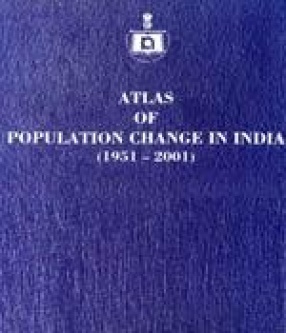

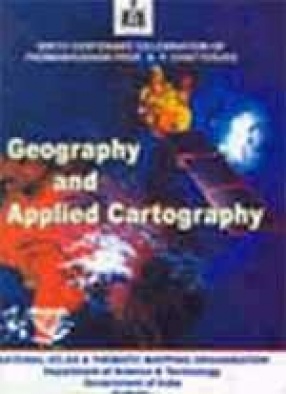
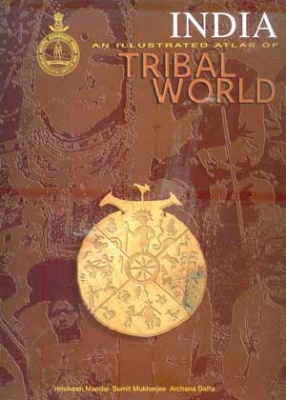
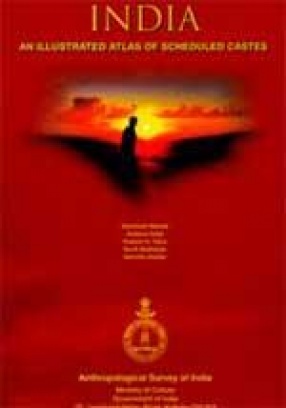
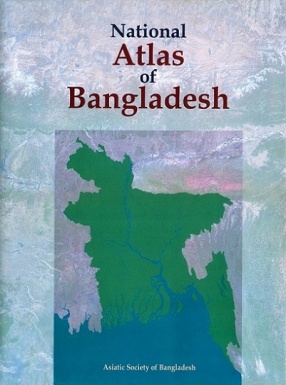
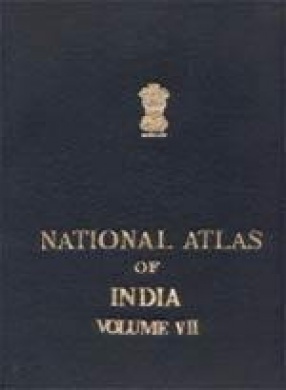

Bibliographic information